It’s hard to pick out a single e-MTB from the many available in the Cube 2020 range, but the Stereo 140 Hybrid is the bike that Cube saw grow the biggest market increase in 2019, and it’s the one I got to take out on a brief test ride. Let’s take a closer look.
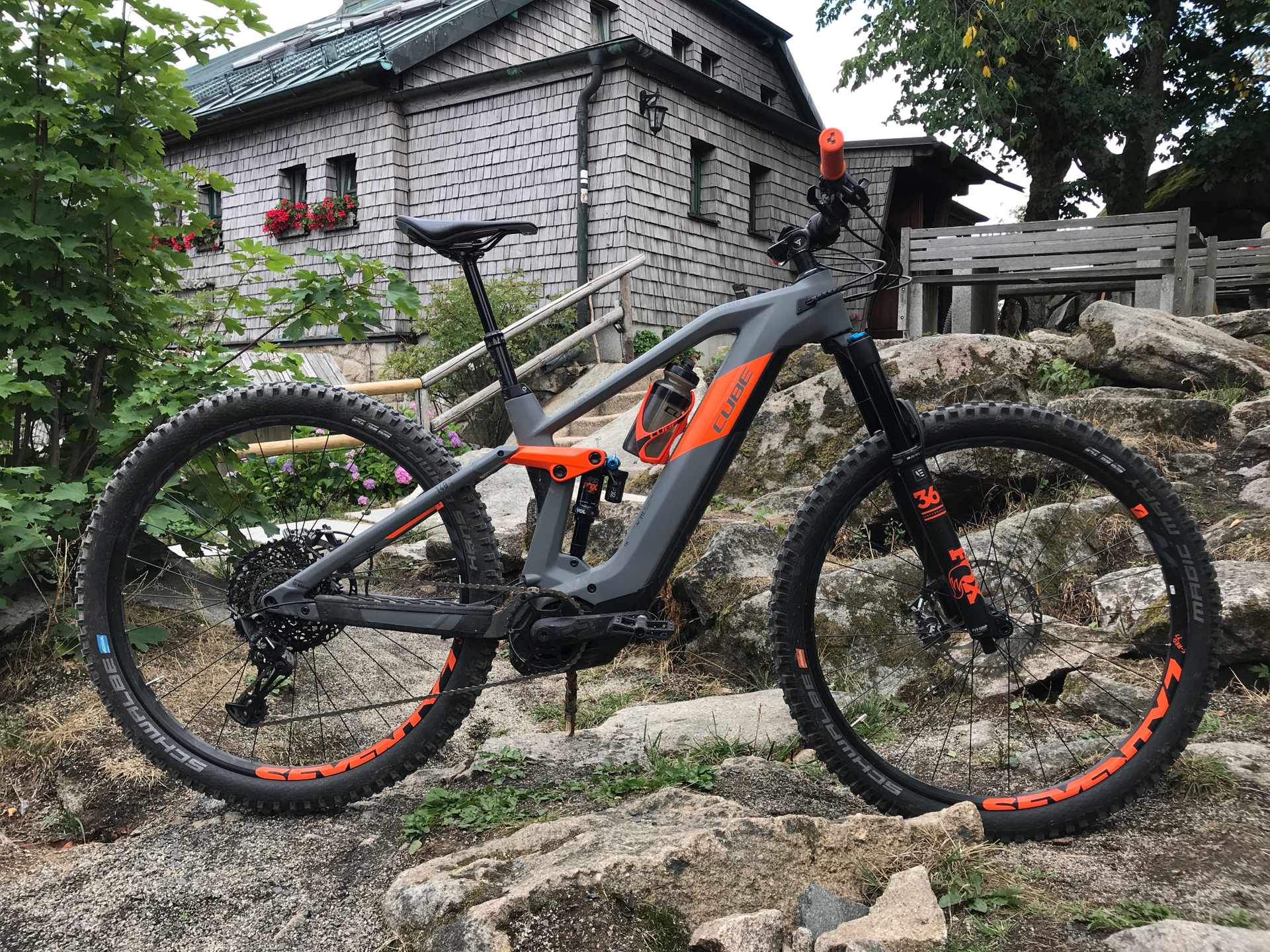
There are six models in the Stereo Hybrid 140 range, two of which have 150mm of front travel, and the rest of which have 140mm both front and rear. I rode the TM model, which Cube thinks will be very popular – at £4,699 for a carbon front end, 150mm front travel and 140mm at the back, I think they might be right. That is, if you can be persuaded that it’s ‘enough’, and you don’t need all the travel of the bigger Cube Stereo Hybrid 160. Really, you probably don’t – there’s a lot here to like.
Cube Stereo Hybrid 140 HPC TM 625
- £4,699
- 140mm rear travel
- 150mm front travel, Fox 36 Float, E-Bike Tune fork
- Magura MT7 brakes
- Bosch CX Gen4 motor
- PowerTube 625 battery
- Carbon front triangle
- Alloy rear triangle
- 29 inch wheels
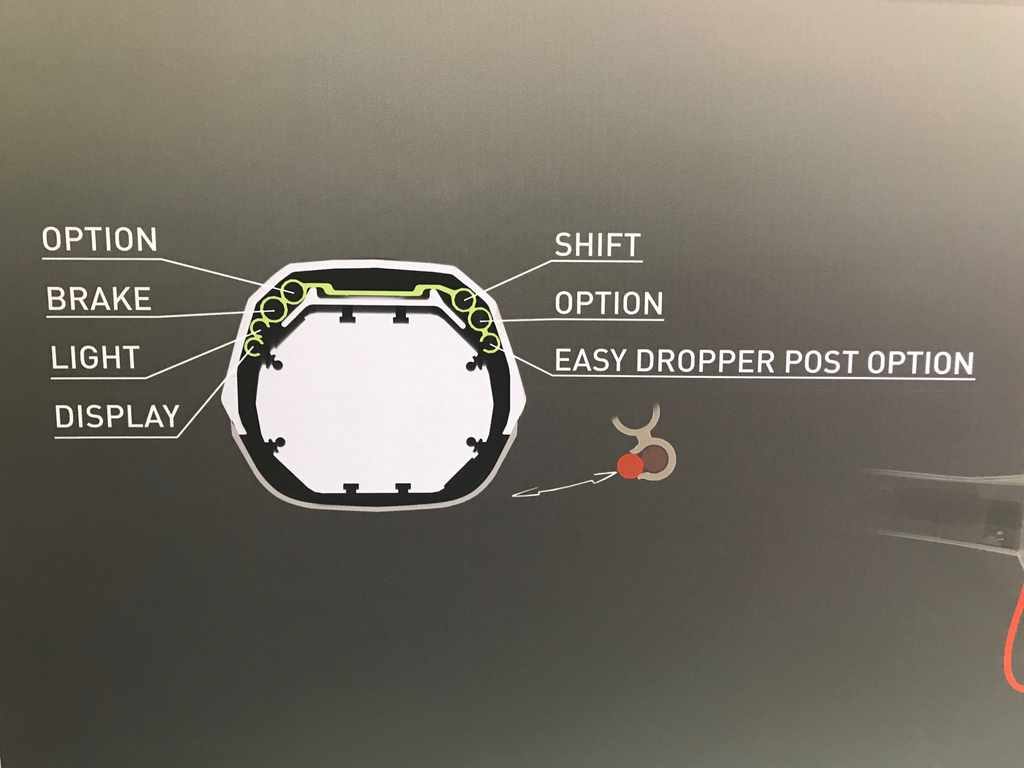
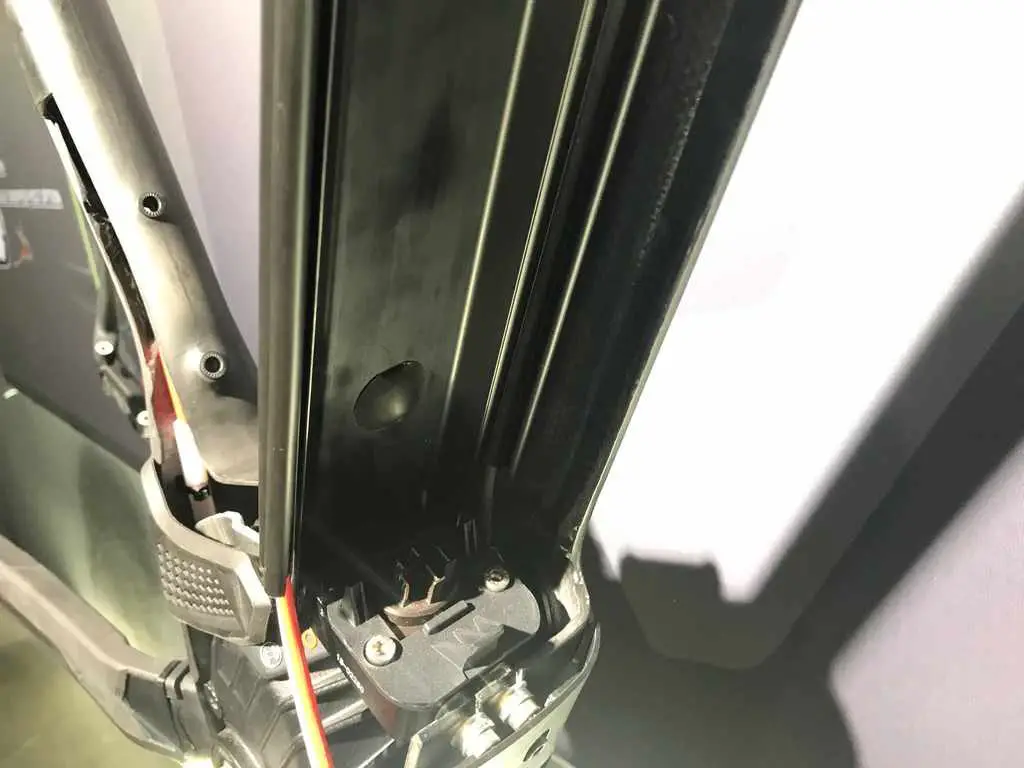
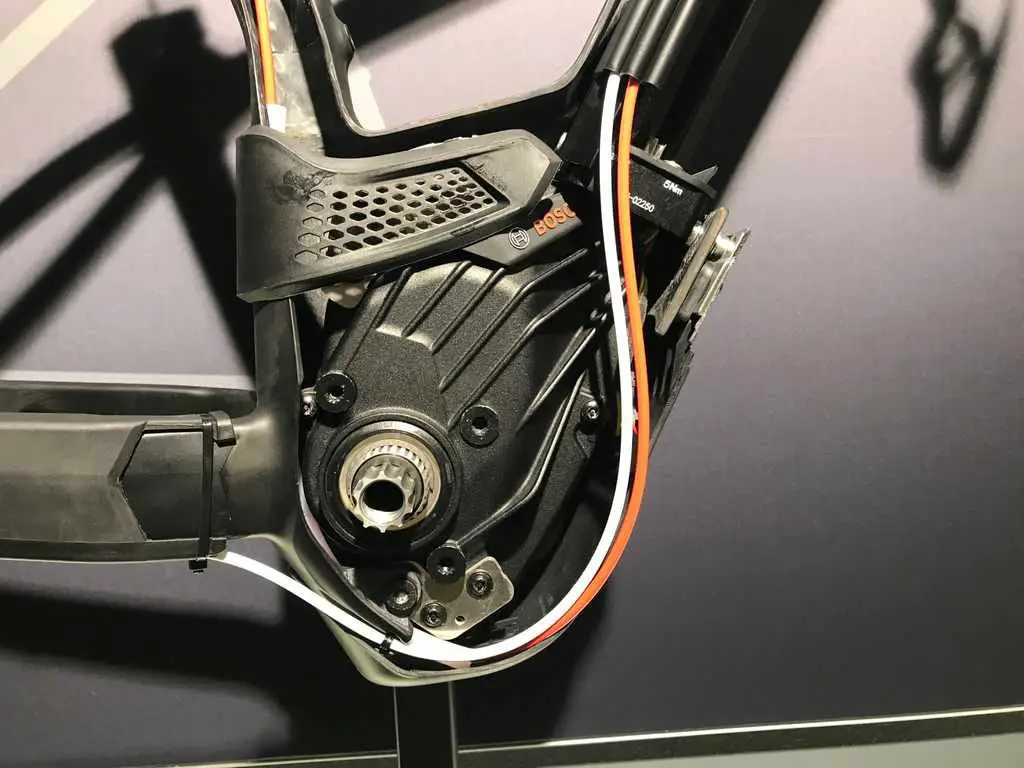
Cube Stereo Hybrid Geo
For 2020, Cube has updated its entire e-bike range to have better cable routing and easier access to the battery area for both dealers and customers. All in-tube battery bikes have the same CNCd mounting structure in them, which provides consistent routing for cables of all kinds, as well as constant battery mounting. It is anticipated that this will cut down on workshop time for building up bikes, as well as making it easier for mechanics to learn how to maintain e-bikes from across the Cube ranges. Whether it’s a shopper or a shredder, if it’s an in-tube e-bike, the internal layout will look the same.


It’s a touch lighter than in previous years, with shorter chain stays for better handling. The geometry is generally pretty conservative, but Cube is targeting the masses and this bike should feel ‘normal’ to many. Those looking away from the TM or Action Team models should note the geometry is not the same.
That’s how things stack up in the workshop or shop floor. How is it out on the trail?

The Ride
The new Bosch motor fitted here is definitely an improvement on previous generations, but it is still quite noisy, especially when it’s putting in the effort on climbs. There’s also a ratchet sound when you’re back pedalling (which you need to do – more on that in a moment), and quite a loud knocking sound when hitting drops or rough stuff at speed. Cube said that this last sound is a factor of the clutch mechanism and Bosch is working on a fix for it, perhaps even in time for the roll out of the new models in 2020.

One feature of the new motor is the ‘eMTB’ setting, which various the power input according to what your legs are putting in. It took me a while to get used to this, especially when combined with technical climbs. Repeated pedal strikes were a huge frustration until I got the knack of approaching an obstacle faster than I might think was needed, pedalling backwards to get my pedals in line and out the way of the root or rock lying in wait, and then using a bit more body movement to get up and through the section. It took a bit to get the hang of that, and I can see it being a frustration to those hoping to just power their way straight up everything.
By the time I’d got to the top of the first trail I was feeling rather grumpy, and was probably in need of a jelly baby or two. This soon passed as I turned downwards however, and the fun kicked in. I surprised myself at making it through some properly wriggly sections, where being able to move the bike between obstacles was essential for progress. I also found the bike could take some pretty big rocky hits without ever feeling like I was going to have a wheel grabbing over the bars moment. The only really noticeable thing that kept reminding me I was on an e-MTB was the difficulty I had in getting airborne. While I found it possible to jump when there was a rock or other kicker to send me on my way, hopping over smaller trail obstacles like drainage trenches was difficult, and I found myself having to slow for fear of hitting something grabby and sending myself flying.
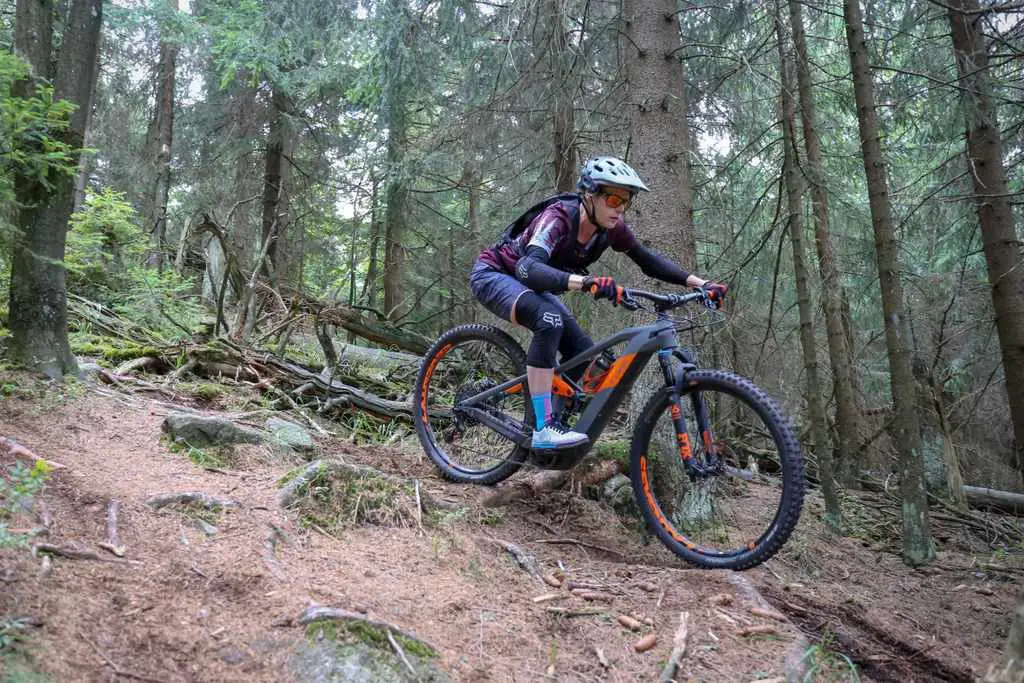
Slowing was notable for its effectiveness – I really liked the Magura brakes and felt that they actually worked to control the bike, with not so much of that oil tanker sensation I’ve found on some e-bikes. Having said that, they did seem to have a tendency to rub just enough to causing a singing squealing sound. The combination of assist buttons, brakes and dropper post also left me having to make some compromises on the ergonomics of the set up, though it wasn’t much of an issue on the binary up-or-down trails we were riding. Perhaps though on more undulating terrain this would get a little annoying.
I never got round to eating any jelly babies, and by the time we headed back to Cube HQ it was with an empty tummy feeling that told me ‘one more run’ before food might just be pushing my luck. I was pretty spent, though there wasn’t a trace of the prior grumpiness left. It had taken me a little time to adapt to the motor, and I’d say the Bosch is still not my e-assist of choice, as much for the noise as the power output. But, with a cafe at the top of the hill, maybe I should have taken the risk in search of just a little more fun?
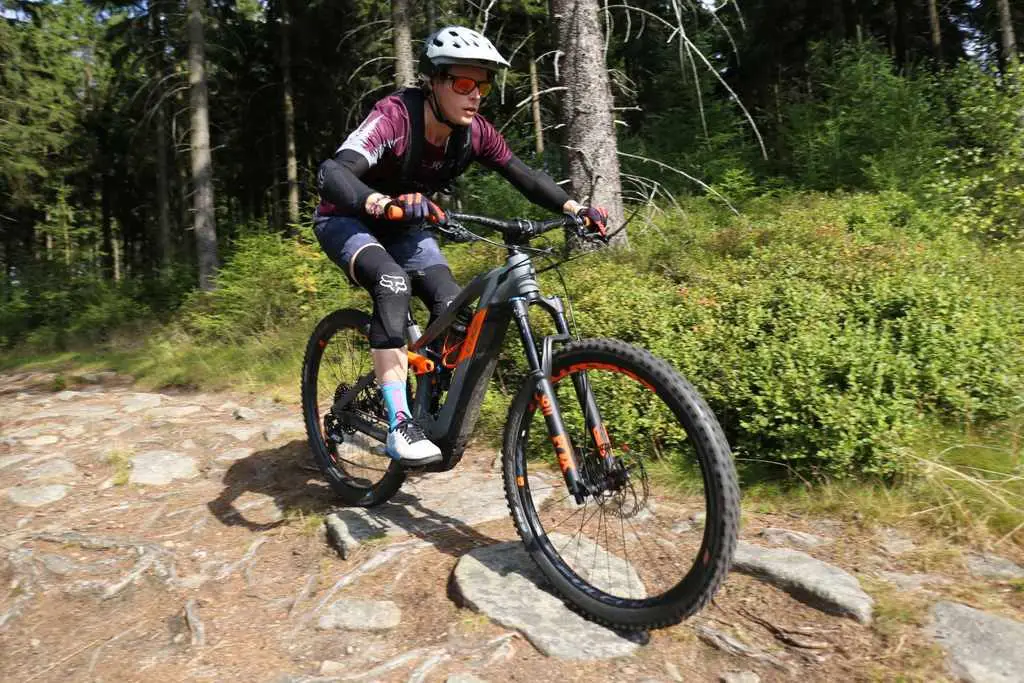
Overall
The Stereo 160 Hybrid is aimed at those wanting to winch up and plummet down, downhill style, while the 120 is more for gentler double track use and occasional singletrack. The 140 is aimed at those wanting to do more ‘normal’ mountain biking with the benefit of e-assist. On the basis of my few hours out on it, I’d say it’s more than capable of handling anything the UK has to throw at it – perhaps especially with this 150mm fork. At this price, and with local bike shop aftercare, I expect this will be a big hit in 2020.
Disclosure
Hannah’s travel and accommodation was covered by Cube/OneWay Distribution
Comments (1)
Leave Reply
Post Comment
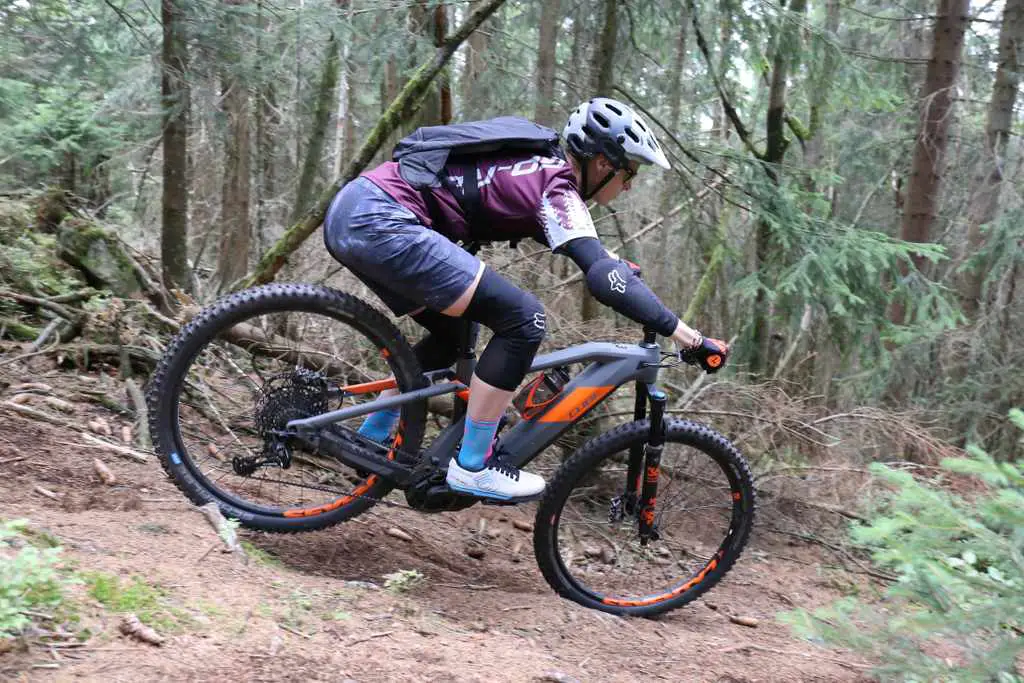
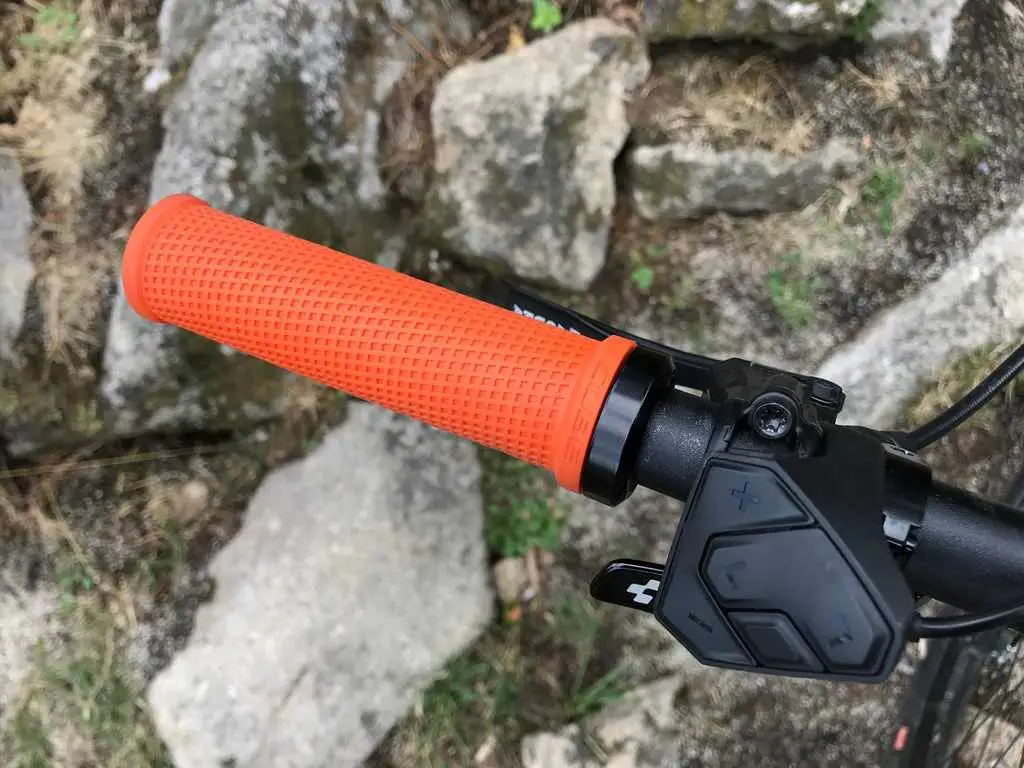
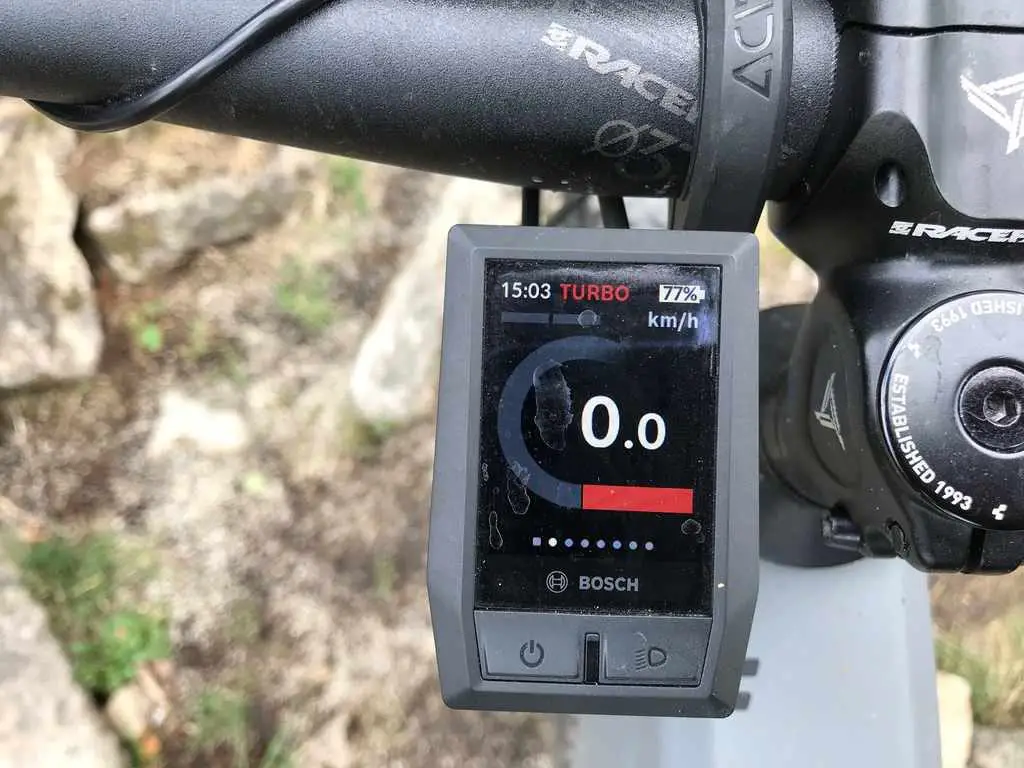
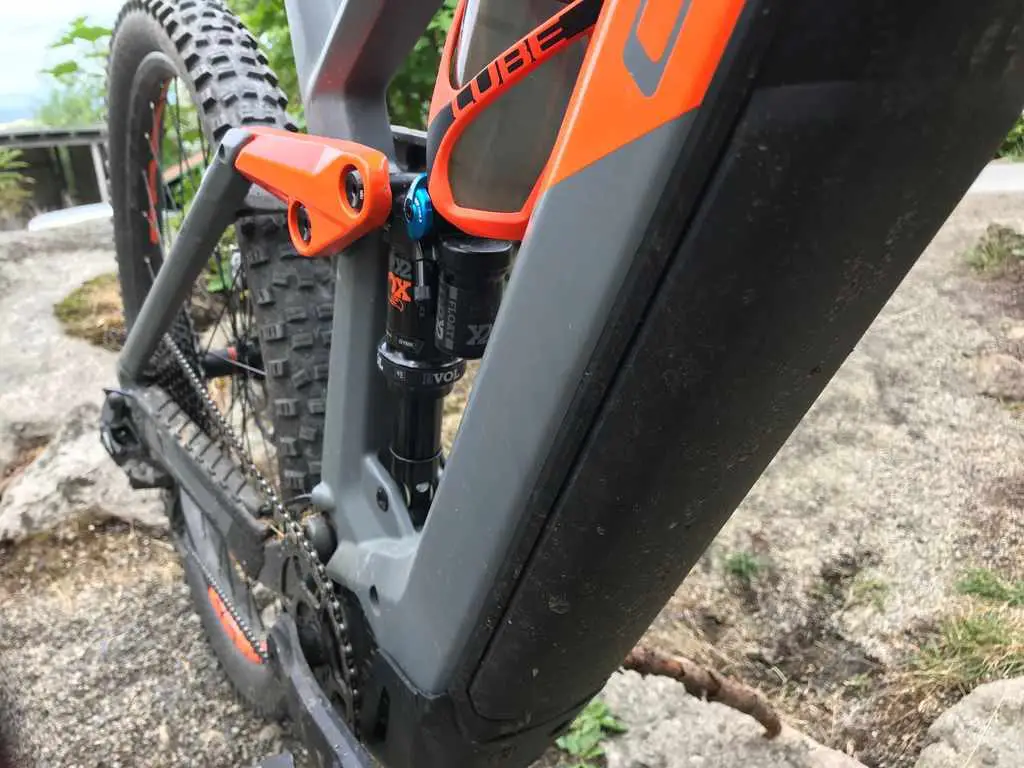
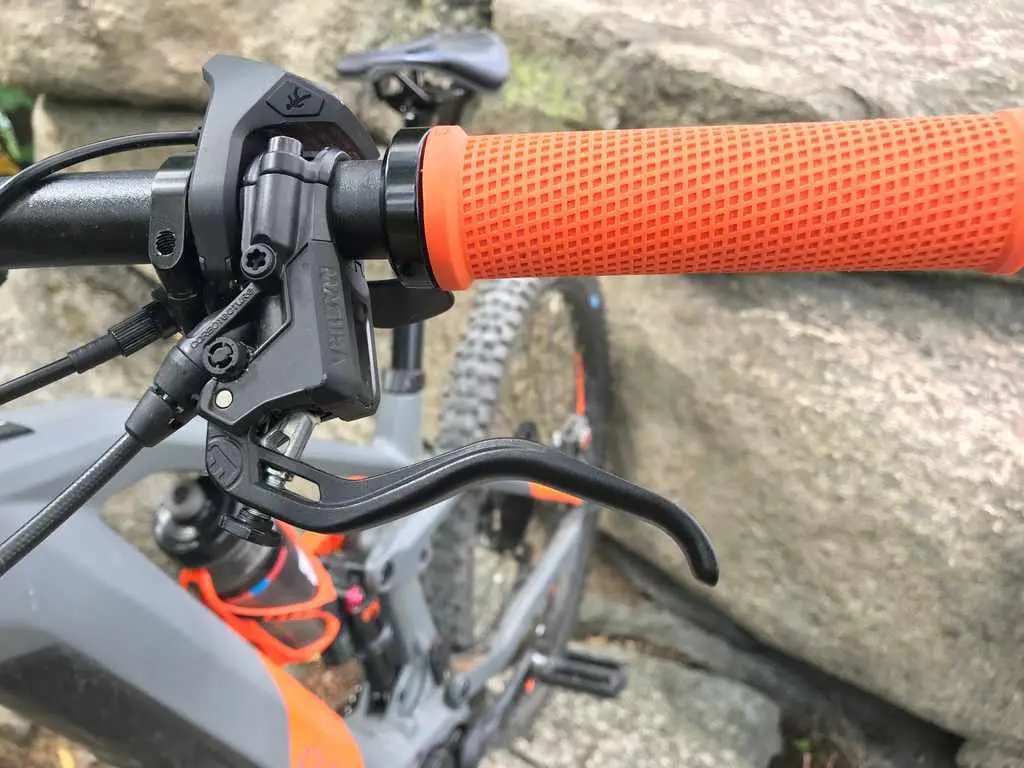
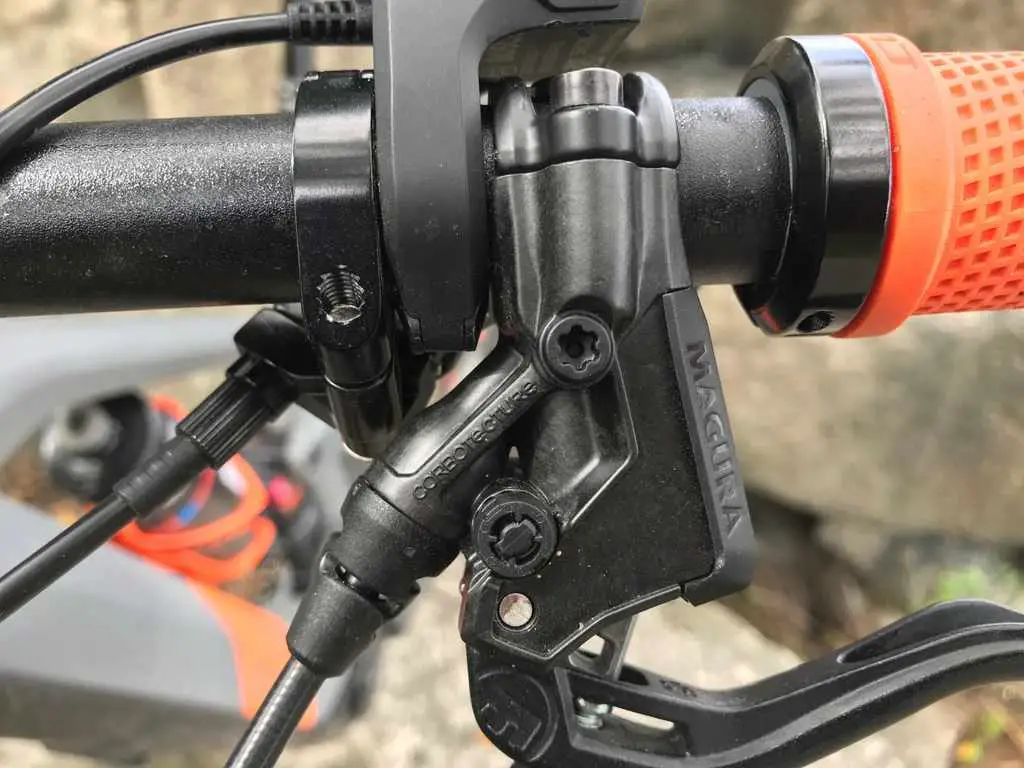
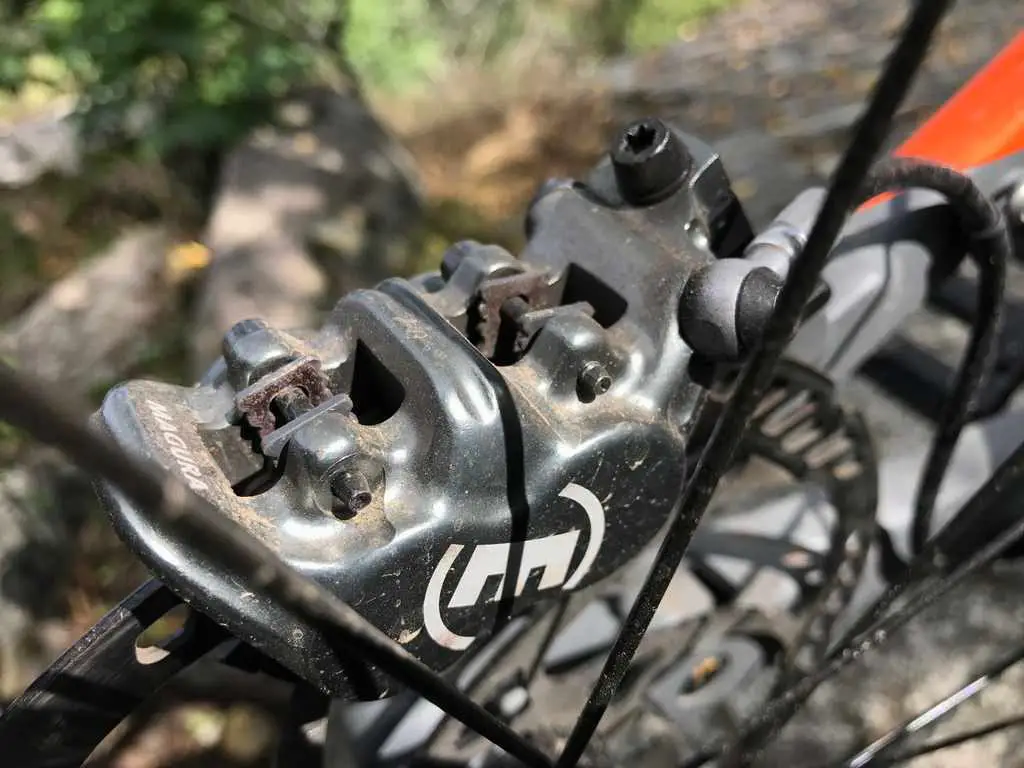
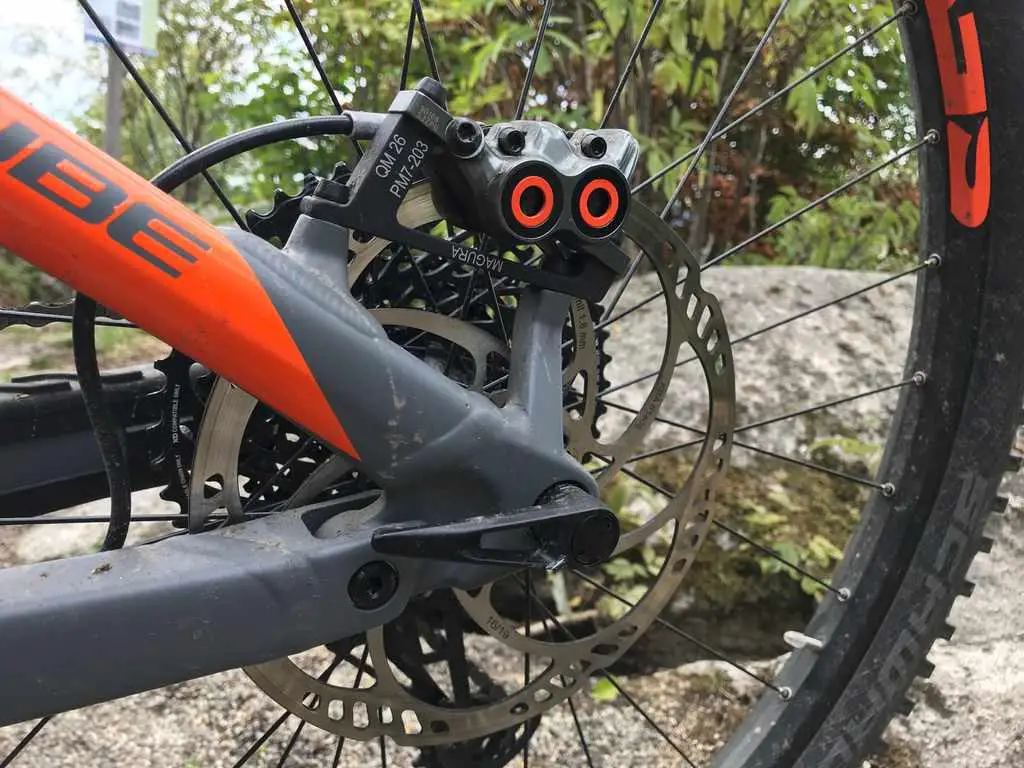
Note to companies taking this author on a bike launch: feed her every two hours